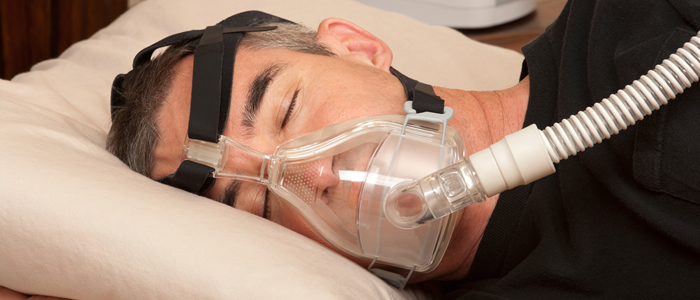
Obstructive Sleep Apnea
Obstructive sleep apnea, or OSA, is a condition that prevents an individual from breathing periodically during sleep because of a physical obstruction in the tongue, nose, or throat. It is often associated with snoring, although not everyone who snores has OSA. Because of the snoring and frequent interruptions of breathing, OSA can be disruptive to both the patient and the patient’s bed partner.
What are the Symptoms?
Along with not being able to get a peaceful sleep, people with obstructive sleep apnea may experience symptoms such as frequent daytime naps, reduced energy, significant mood changes, low libido, sore throat, headaches, and excessive tiredness. In many cases, the condition is also associated with high blood pressure, low oxygen levels, cardiac arrhythmias, and sometimes even death. Over time, OSA can result in chronic sleep deprivation and its associated dangers. If untreated, it can have adverse consequences on your body, resulting in weight gain, cardiovascular, and lung disease.
Treatment Options
Although weight loss, upper/lower jaw advancement procedures, and supine sleeping can relieve symptoms of obstructive sleep apnea, the most effect treatment options are continuous positive airway pressure (CPAP) and uvulopalatopharyngoplasty.
Many doctors believe that CPAP should be the first treatment for obstructive sleep apnea, as the device has the highest cure rate. In order to maintain sufficient pressure to overcome airway obstruction, the CPAP device delivers pressurized air though a face mask that is worn during sleep. The long-term results of this treatment are better sleep patterns and less apneic episodes. Although many people experience a restful sleep with this treatment, some patients do not tolerate the treatment and prefer surgical therapy.
While uvulopalatopharyngoplasty is not the most common treatment for obstructive sleep apnea, thousands of patients have been effectively treated with this surgical therapy. Uvulopalatopharyngoplasty does not cure the condition, but the technique may reduce the degree of obstructive sleep apnea for about 50 to 60 percent of patients, depending on the cause of their OSA. The surgical therapy may even eliminate or greatly reduce snoring.
Since uvulopalatopharyngoplasty is performed under general anesthesia, patients will need to stay overnight in a hospital for observation. A sore throat is often a side effect of the surgery, which may last as long as 10 to 14 days. In general, most people can expect to experience a significant improvement in their sleep patterns and overall wellness.
How is Obstructive Sleep Apnea Different from Snoring?
According to research, roughly 30 to 50 percent of the United States population have regularly snored at some period in their life. Due to the vibrations of structures around the tongue, snoring typically results in heavy breathing during sleep.
The primary differences between obstructive sleep apnea and snoring lies in their respective symptoms. The most common symptoms of snoring are sleep disturbances, waking episodes, and marital discord, whereas the symptoms of obstructive sleep apnea detailed above may be more harmful to one’s health. In fact, snoring alone is usually characterized as primarily a social problem. Loud snorers should monitor their sleeping patterns for apneic episodes, which are times at night where the patient stops breathing. Fortunately, there are numerous treatment options for both obstructive sleep apnea and snoring.

